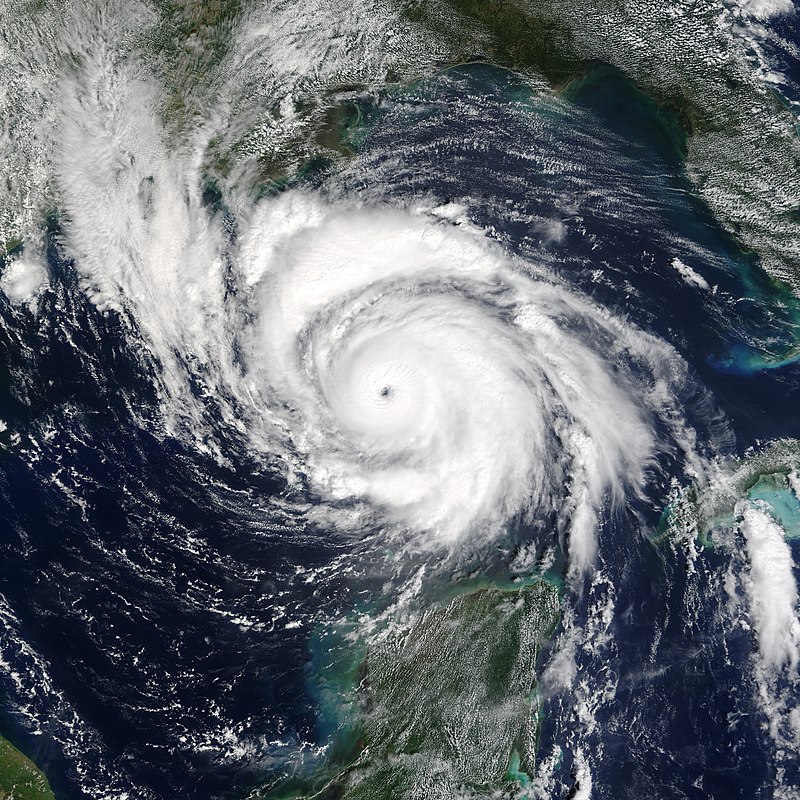Hurricane Lili, the second costliest, deadliest, and strongest hurricane of the 2002 Atlantic hurricane season, struck several areas, leaving a trail of destruction in its wake. This research article provides a comprehensive analysis of the impacts of Hurricane Lili, including its development, landfalls, and aftermath. The storm’s effects on the Caribbean and the United States are examined, shedding light on the damage incurred, loss of life, and economic consequences. Moreover, the article offers insights into measures individuals and communities can take to enhance preparedness in the face of future hurricanes resembling Lili.
Introduction: Hurricane Lili, the twelfth named storm, fourth hurricane, and second major hurricane of the 2002 Atlantic hurricane season, emerged as a tropical disturbance in the open Atlantic on September 21. After traversing the Lesser Antilles as a tropical storm, Lili entered the Caribbean, where it dissipated briefly due to wind shear. However, the storm regenerated when the shear weakened and intensified into a Category 2 hurricane on October 1. Making two landfalls in western Cuba, Lili then ventured into the Gulf of Mexico, rapidly strengthening to Category 4 before weakening and eventually striking Louisiana as a Category 1 hurricane on October 3. The storm dissipated on October 6.
Impacts on the Caribbean: Lili inflicted significant damage throughout the Caribbean, particularly to crops and poorly constructed homes. The mountainous islands, such as Haiti and Jamaica, experienced numerous mudslides, exacerbating the destruction. The storm’s torrential rains and powerful winds caused extensive devastation, claiming the lives of several individuals in the region.
Impacts on the United States: Upon entering the Gulf of Mexico, Lili disrupted oil production, resulting in economic losses. As the hurricane approached the coast of Louisiana, it intensified rapidly, leading to severe damage in various areas. Barrier islands and marshes in the southern portion of the state suffered particularly harsh impacts. Additionally, Lili caused substantial destruction to infrastructure, resulting in financial losses amounting to $925 million (2002 USD). Tragically, 15 lives were lost during the hurricane’s existence.
Preparedness Measures: To mitigate the potential impact of future hurricanes similar to Lili, it is crucial for individuals and communities to adopt adequate preparedness measures. Some key recommendations include:
- Stay informed: Regularly monitor weather forecasts and updates from reputable sources to stay aware of any approaching hurricanes.
- Develop an emergency plan: Create a comprehensive plan detailing evacuation routes, emergency contacts, and essential supplies to have on hand.
- Secure property: Take steps to reinforce homes and structures, such as installing storm shutters, strengthening roofs, and securing loose objects.
- Assemble an emergency kit: Stock up on essential items like non-perishable food, water, medications, flashlights, batteries, and first-aid supplies.
- Evacuate when necessary: Follow evacuation orders issued by local authorities to ensure personal safety.
Interesting Fact: As a direct result of Hurricane Lili, the devastation caused in Louisiana led to a reevaluation of coastal management strategies and a renewed focus on bolstering the state’s natural defenses. This event prompted efforts to restore and protect the barrier islands and marshes, which play a vital role in absorbing storm surges and minimizing the impact of future hurricanes.
Conclusion: Hurricane Lili, with its destructive path through the Caribbean and the United States, serves as a reminder of the immense power and devastation associated with hurricanes. By studying the impacts of Lili, we can gain valuable insights into the importance of preparedness and the need for proactive measures to safeguard lives and mitigate damages. Through enhanced preparedness, effective response strategiesand ongoing efforts to strengthen coastal defenses, we can strive to minimize the impact of future hurricanes resembling Hurricane Lili and ensure the safety and resilience of our communities.




Leave a Reply